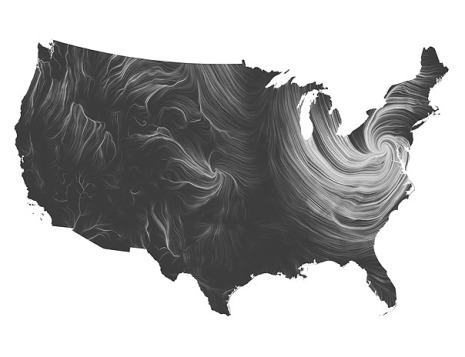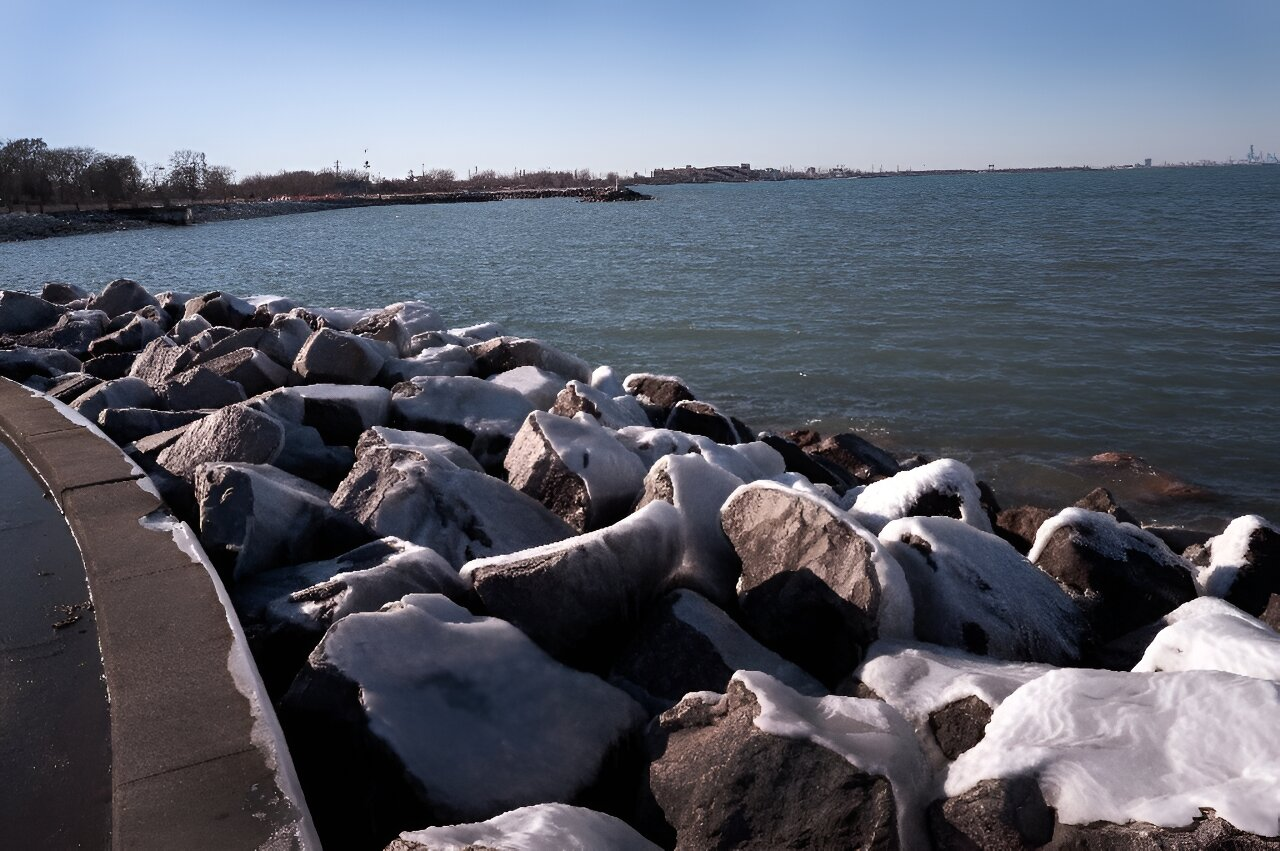
Atlantic hurricane season is upon us, and the forecast is for storm activity 65% above normal. The National Oceanic and Atmospheric Administration Climate Prediction Center’s 2022 Atlantic Hurricane Season forecast predicts 14 to 21 named storms with winds of 39 mph or higher, with six to 10 of those possibly becoming hurricanes with winds of 74 mph or higher, and three to six possibly becoming major hurricanes with winds of 111 mph or higher. It’s also a La Niña year, the weather pattern that contributed to the 2010-2012 hurricane season that produced Irene and Sandy (map shows Sandy hitting the East Coast on October 29, 2012).
It should come as no surprise that climate change plays a role in weather patterns, including hurricanes. And while there doesn’t seem to be much evidence as yet that excessive emissions and global warming are causing more frequent storms, there is research suggesting that these are factors in storm intensity and therefore destructiveness.
At NASA, scientists are working in collaboration with their colleagues at NOAA, FEMA and other organizations to develop tools to help communities better understand and prepare for future storms. In this article on NASA’s website, researchers ask and answer five questions that can help us better understand how climate change affects Atlantic hurricane season:
- What’s the recipe for a hurricane?
There are four ingredients: Heat stored in the upper layers of the ocean’s water; high humidity in the air; favorable winds; background rotation to organize scattered thunderstorms into one larger storm that spins increasingly faster into a cyclone’s characteristic spiral form. - How does climate change interact with a hurricane’s ingredients?
The ocean has absorbed 90% of the warming that has occurred in recent decades due to increasing greenhouse gasses, and the top few meters store as much heat as Earth’s entire atmosphere. - Does climate change mean more hurricanes each season?
No. Even though a warm ocean is a key ingredient for hurricane formation, research shows this warming has not significantly influenced the number of Atlantic hurricanes that form each year.However, because projections suggest that as the ocean warms the atmosphere will also hold more moisture to form clouds and feed storms, scientists are anticipating stronger and wetter hurricanes in coming years. - How is climate change affecting hurricane intensity?
Research suggests that with rising temperatures, it will be more likely that storms will undergo rapid intensification, which is defined as an increase in hurricane wind speeds by 35 mph (or about 56 kilometers per hour) within 24 hours. - Is climate change slowing down hurricanes?
Yes. In recent decades, hurricanes have been stalling more as they approach coasts, dropping more rainfall over confined locations. Research shows Atlantic hurricanes are experiencing a reduction of roughly 17% in forward motion speeds than in previous decades, which translates into an increase of about 25% in rainfall.
You can read the full answers to each questions on the NASA website here.

